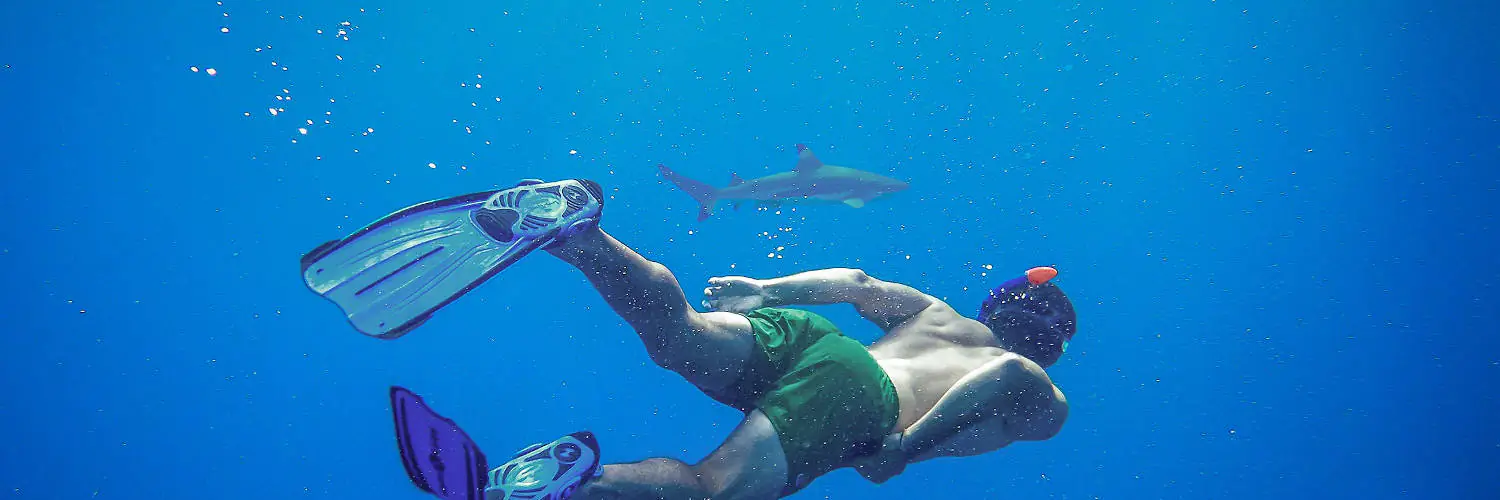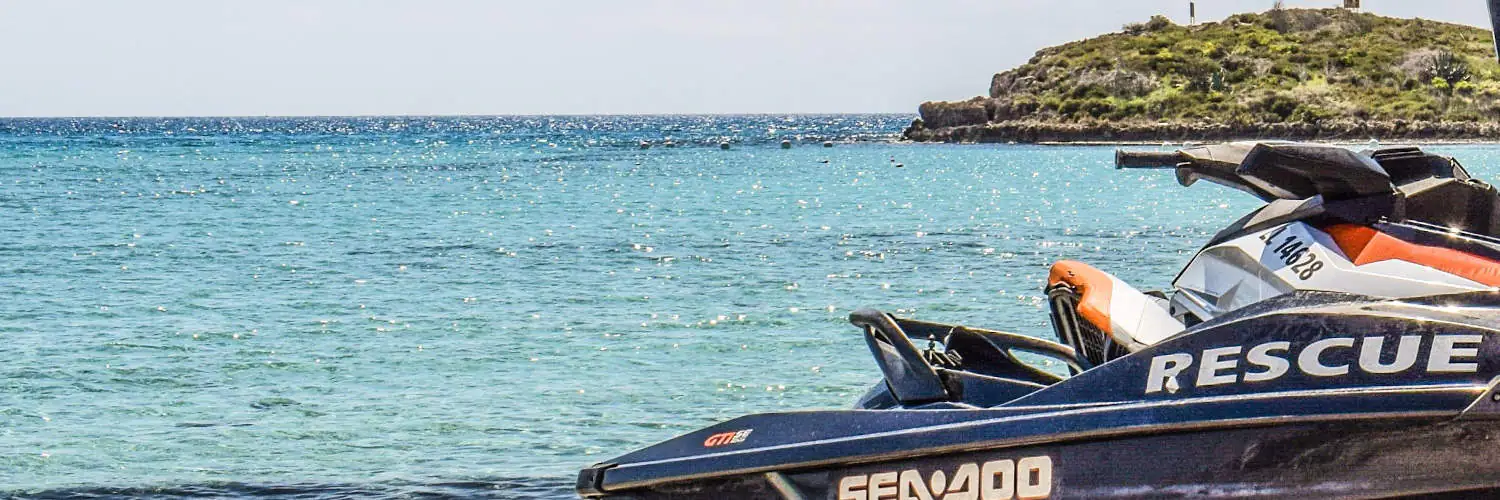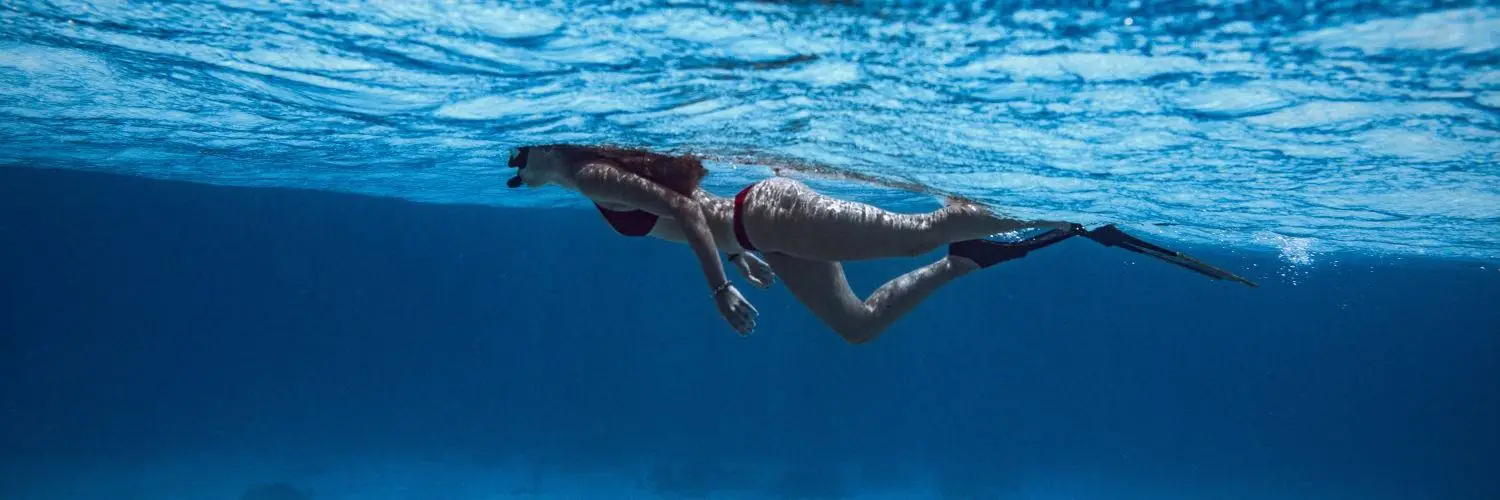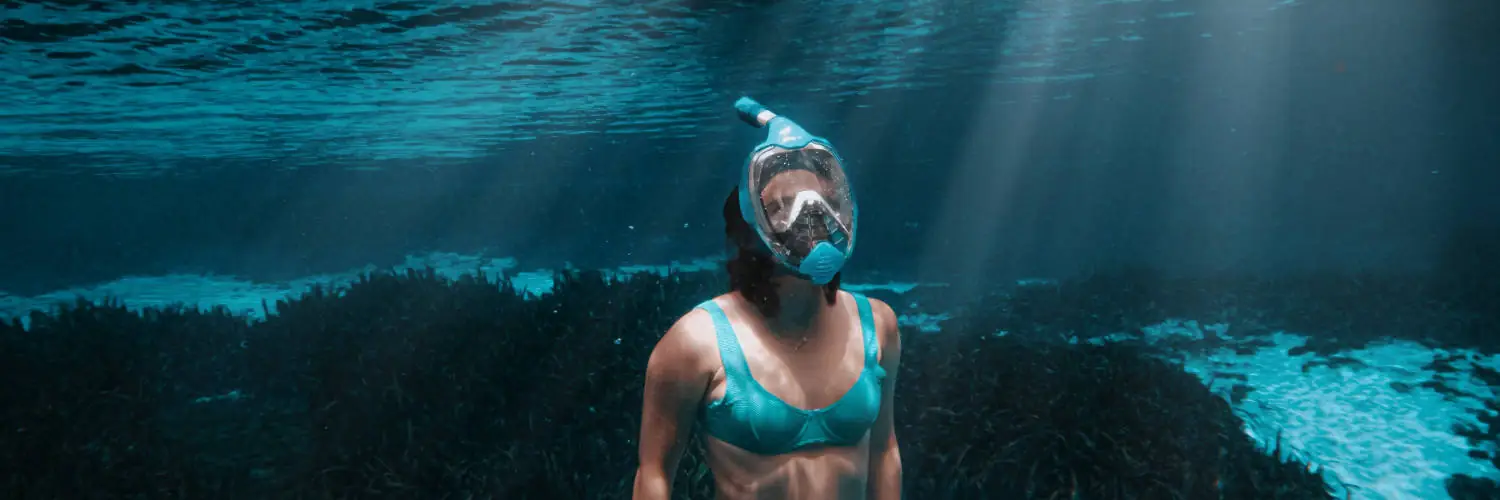Table of Contents
Snorkeling Without Swimming Skills: A Guide for Beginners
Snorkeling offers an exceptional opportunity to observe marine life in its natural habitat, presenting scenes of vibrant coral reefs and colorful schools of fish just beneath the water’s surface. Non-swimmers might feel excluded from this activity, assuming that strong swimming abilities are a prerequisite. However, with proper safety measures and guidance, even those who are not adept at swimming can enjoy snorkeling.
To accommodate non-swimmers, snorkeling often involves the use of life vests or other flotation devices which provide buoyancy. Wearing a well-fitted life vest not only keeps individuals afloat but also reduces the energy required to stay on the water’s surface. Additionally, it’s recommended for non-swimmers to stay in calm, shallow waters, preferably near the shore where the depth is manageable and help is close by if necessary.
Non-swimmers considering snorkeling should prioritize safety and seek out beginner-friendly locations that offer calm waters and supervision. Furthermore, basic instructions on how to use snorkeling gear and breathing techniques can significantly improve comfort, making the experience more enjoyable and reassuring. These steps ensure that even without strong swimming skills, the underwater world is still accessible for exploration and enjoyment.
Understanding Snorkeling without Swimming Skills
Non-swimmers interested in snorkeling can participate by adhering to safety practices and understanding their own buoyancy needs.
Overview of Snorkeling for Non-Swimmers
Snorkeling offers the opportunity to observe underwater life with minimal equipment; a snorkel, mask, and often fins. Non-swimmers can still enjoy this activity by employing a life jacket or flotation device which enhances buoyancy. It is vital for non-swimmers to remain in shallow waters close to the shore, where they can stand and regain their footing if necessary.
- Equipment Essentials:
- Snorkel: Allows breathing with the face submerged
- Mask: Provides clear vision underwater
- Flotation Device: Assists in maintaining buoyancy
Assessing Risks for Non-Swimmers
The key risks for non-swimmers include the inability to swim if they drift into deeper water or encounter a strong current. To mitigate these risks, they should:
- Stay in Shallow Water: Ensures footing is possible if needed.
- Use a Life Jacket: Helps maintain buoyancy and reduces the risk of panic.
- Understand the Gear: Knowledge of how to properly use the mask and snorkel is crucial.
- Be Aware of Conditions: Avoid snorkeling in areas with strong currents or waves.
Preparation and Safety Measures
Before diving into the world of snorkeling without swimming expertise, individuals must prioritize safety and proper preparation. These key aspects include thorough equipment selection, adherence to safety protocols, and employing the buddy system.
Selection of Equipment
When snorkeling without swimming skills, selecting the right equipment is crucial for safety. One should look for the following:
- Flotation Device: A life vest or snorkel vest is essential for non-swimmers. It provides buoyancy and helps maintain surface-level floating.
- Snorkel Gear: A comfortable, well-fitting mask and a functional snorkel are necessary. Ensure that the mask seals properly to prevent water from entering.
Safety Protocols
Adherence to safety protocols is imperative:
- Guidance: Beginners should seek guidance from experienced snorkelers or professional instructors.
- Environment: Stick to snorkeling in calm waters where waves and currents are mild.
- Awareness: Constantly monitor the surrounding environment to avoid hazards, such as boats and strong currents.
The Buddy System
Employing a buddy system is a vital safety measure for non-swimmers:
- Never Snorkel Alone: Always snorkel with a companion who is a confident swimmer and knows your limitations.
- Communication: Regularly communicate with each other to ensure mutual safety and to quickly address any discomfort or concerns that may arise.
Choosing the Right Location
When selecting a location for snorkeling without swimming skills, the priority should be safety and ease of access. The environment should offer calm, clear waters with minimal currents, and the presence of marine life adds to the underwater spectacle.
Shallow Waters Snorkeling
Location: Seek out beaches known for their shallow waters and gentle slopes. These areas often provide a sanctuary for diverse marine life and are less affected by strong currents. Reef-safe sunscreen is a must to protect both the skin and the ecosystems you’ll be visiting.
- Advantages:
- Safety: Calm, shallow waters reduce the risk of non-swimmers being swept away by currents.
- Marine Life: Snorkelers often find that shallow waters are teeming with marine life nearer to the shore.
Boat Snorkeling Options
Location: For those venturing a bit further, boat snorkeling can offer access to prime snorkeling spots that are only reachable by watercraft. It’s essential to choose a reputable operator who understands the needs of non-swimmers and prioritizes safety.
- Safety Precautions:
- It is crucial to ensure the presence of safety vests and a guide who can assist in the open water.
- Currents: Always be aware of the water conditions; boat operators should be knowledgeable about the day’s current patterns.
Practical Snorkeling Tips for Beginners
Proper preparation and understanding the snorkeling environment are vital for beginners, especially those with limited swimming skills. Adherence to safety guidelines and appropriate equipment handling ensures a positive snorkeling experience.
Utilizing Snorkeling Lessons
Before venturing out, it is crucial to take snorkeling lessons if swimming skills are not strong. Lessons provide beginners with essential techniques for breathing through the snorkel, using fins effectively, and managing buoyancy. A certified instructor will foster a safe learning environment and acquaint novices with the basics of snorkeling, which can include:
- Breathing techniques: Mastering the use of the snorkel to breathe calmly while floating.
- Fin usage: Learning how to propel effectively with fins without overexertion.
Understanding Marine Life
Awareness of marine life is important for safe and enjoyable snorkeling. Beginners should be informed about the local species they might encounter, as well as respectful practices to protect both themselves and the ecosystem. Key aspects include:
- Recognizing dangerous species to maintain a safe distance.
- Appreciating the fragility of corals and the importance of not touching or stepping on them.
Equipment Handling and Usage
Proper handling of equipment plays a significant role in a successful snorkeling experience. Beginners should prioritize familiarizing themselves with their gear before entering the water, which entails:
- Mask fitting: Ensuring the snorkel mask is snug, not overly tight, to prevent water entry.
- Dry snorkel choice: Considering a dry snorkel, which has a valve to prevent water ingress, for additional comfort.
Snorkeling equipment should be tested in shallow waters or a controlled environment before exploring deeper areas. This preparation bolsters confidence and reduces anxiety for beginners who are not proficient swimmers.
After Snorkeling: FAQs and Health Benefits
Post-snorkeling, many individuals often find themselves curious about the activity’s impact on health and have questions pertaining to their experience. The following subsections address common queries and delineate the health benefits of snorkeling.
Common Questions After Snorkeling
-
Is it necessary to know how to swim for snorkeling? While swimming skills can enhance safety and confidence in water, snorkeling is possible for non-swimmers with proper safety equipment, such as a life jacket, and supervision.
-
Should sunscreen be applied even when snorkeling? Absolutely. Sunscreen is crucial to protect the skin against UV rays, especially because water can reflect sunlight, increasing exposure.
-
Why should one consider wearing a rash guard while snorkeling? A rash guard helps prevent skin irritation from marine elements and provides additional sun protection.
-
Are hair ties recommended during snorkeling? Tying long hair back is advisable to prevent it from obstructing the mask seal or entangling with snorkeling gear.
Health Advantages of Snorkeling
-
Cardiovascular Fitness: Snorkeling can boost heart health as it increases the heart rate and strengthens the heart muscle.
-
Muscle Strengthening: Engaging in snorkeling helps tone and build muscles, particularly in the legs and core, as they work against the resistance of water.
Nutritional Considerations: A snack rich in protein after snorkeling can aid in muscle recovery. Hydration is also key for overall health, so water intake should be increased after engaging in the activity.








